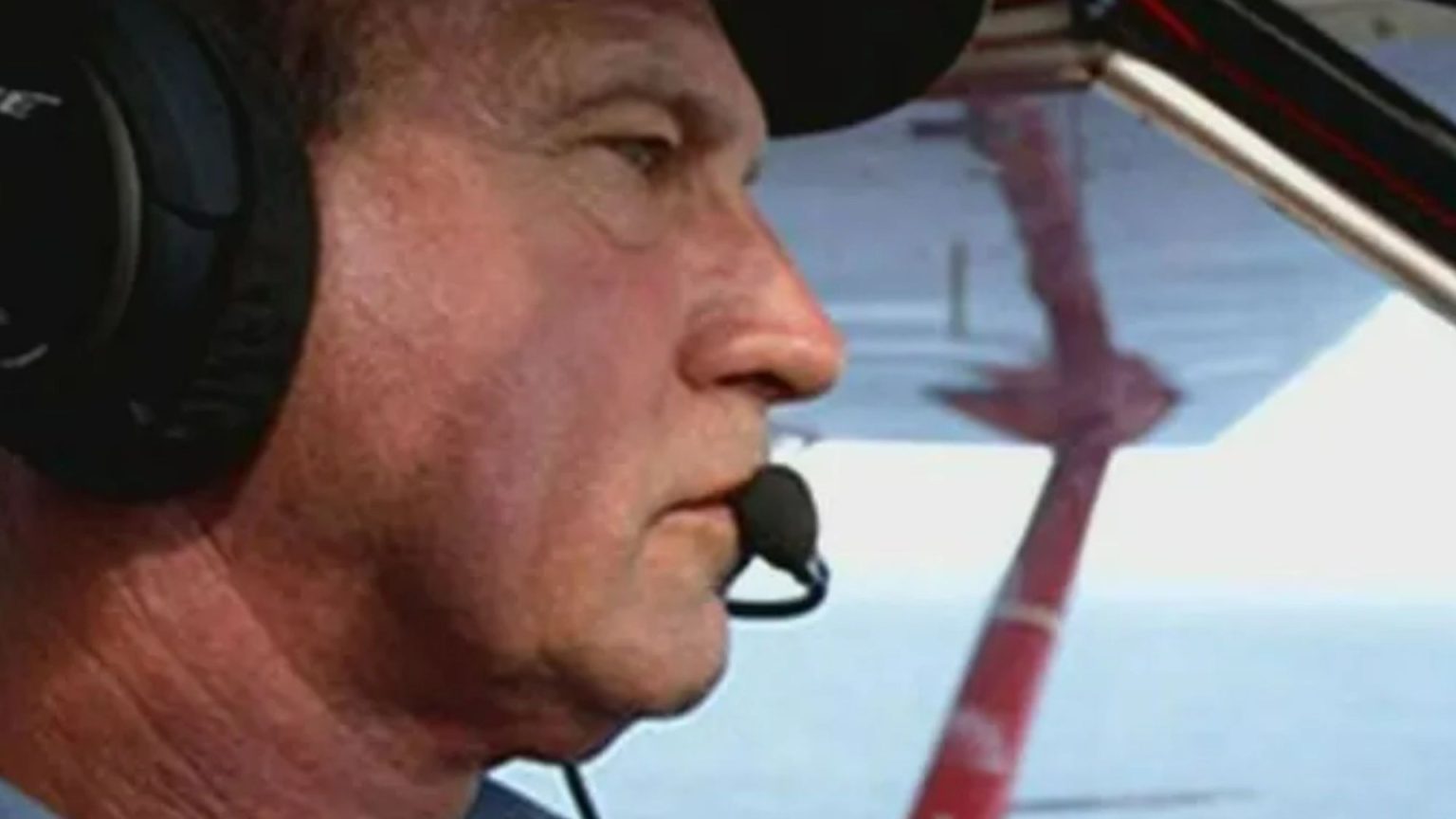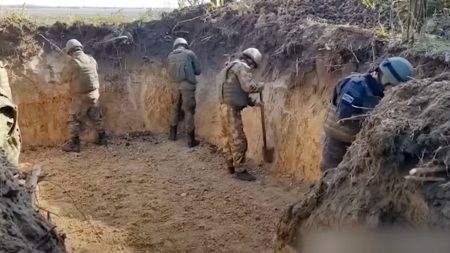The tranquil skies over Coffs Harbour, Australia, were shattered on a fateful afternoon as a light aircraft, a Sting S4.4, met a tragic end, claiming the lives of two experienced pilots. Mark White, 67, the owner of Midcoast Microlights flying school, and Simon Peutrill, 69, who had joined the school in 2022, were on a routine flight from Coffs Harbour to South West Rocks. Their journey, however, was abruptly cut short just 30 minutes after takeoff when the aircraft plunged into the ocean. A local resident, witnessing the final moments of the ill-fated flight, reported hearing the plane flying unusually low, its engine struggling to maintain power, before it vanished from sight. The sudden and inexplicable nature of the crash has prompted an investigation to determine the factors that led to the tragedy. The recovery efforts, hampered by challenging conditions, tragically located the second body near Scott’s Head Beach, bringing a somber closure to the incident.
The Australian crash resonates with another recent aviation disaster, raising concerns about aircraft maintenance and transparency. A South Korean Jeju Air Boeing 737-800 met a fiery end at Muan International Airport, claiming the lives of 179 passengers. A subsequent investigation unveiled a disturbing pattern – the same aircraft had been involved in a previous incident in 2021, where its tail struck the runway during takeoff. Despite the damage, the airline reportedly continued to operate the aircraft, leading to a hefty fine.
The revelation of the prior incident casts a shadow over the airline’s claims of a clean accident history for the aircraft. When questioned about the Muan crash, Jeju Air CEO Kim Yi-bae asserted that the plane had no previous accidents, a statement contradicted by the Korea Airports Corporation’s records. This discrepancy highlights the importance of thorough investigations and transparent reporting in the aviation industry, especially concerning aircraft maintenance and safety protocols. The South Korean incident raises serious questions about potential negligence and the need for stricter oversight to prevent future tragedies.
The two seemingly disparate crashes, one involving a small light aircraft and the other a large commercial jet, underscore a common theme: the critical importance of safety and transparency in aviation. Whether it’s a small flying school or a large commercial airline, adherence to rigorous maintenance schedules, honest reporting of incidents, and thorough investigations are paramount to ensuring the safety of passengers and crew. Both incidents serve as stark reminders that complacency can have devastating consequences in the aviation world.
The investigation into the Australian crash will meticulously examine various factors, including potential mechanical failures, pilot error, and weather conditions. Similarly, the South Korean investigation will delve into the extent of the damage from the 2021 incident, the adequacy of subsequent repairs, and the airline’s decision to continue operating the aircraft. The findings of these investigations will be crucial in implementing measures to prevent similar tragedies in the future. The aviation industry must learn from these incidents and prioritize passenger safety above all else.
The loss of life in both crashes is a profound tragedy, leaving families and communities devastated. These events serve as poignant reminders of the inherent risks associated with air travel and underscore the continuous need for vigilance and improvement in aviation safety standards. The investigations must be comprehensive and transparent, holding those responsible accountable and ensuring that lessons are learned to prevent similar tragedies from occurring in the future. The families of the victims deserve answers, and the aviation industry owes it to them and the traveling public to prioritize safety and transparency above all else.











